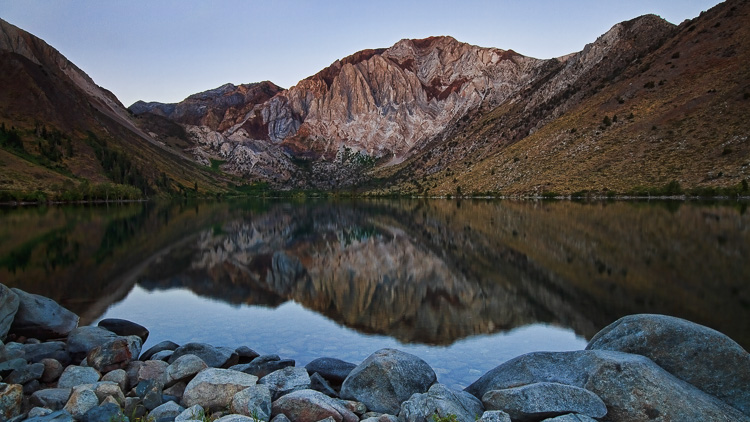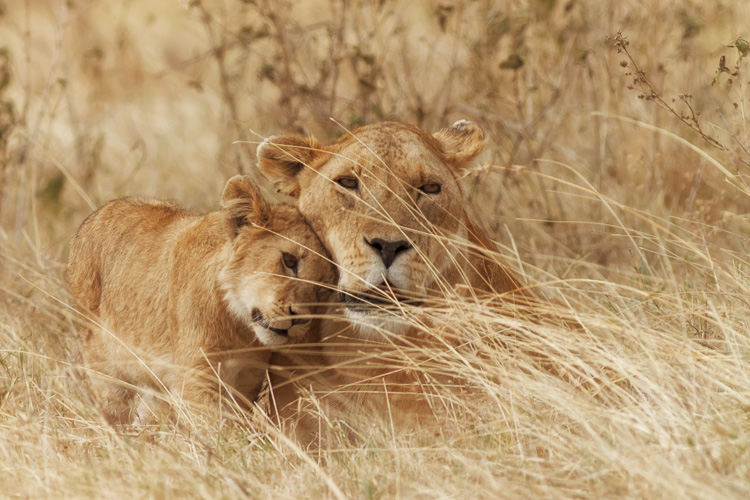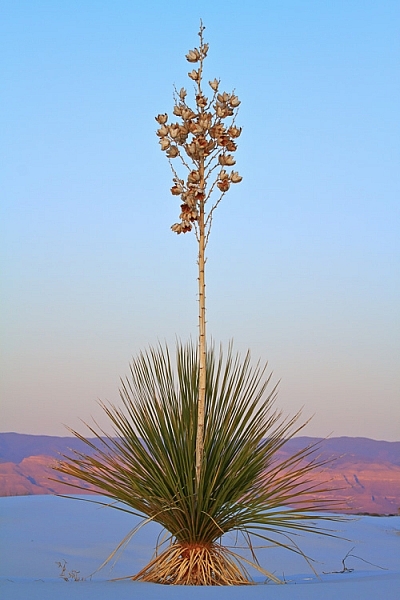As photographers, we usually begin photographing everything and anything. All subjects are sport as we explore our new found passion. When we grow and get more serious about our craft, we often attempt to locate our location in the industry. Our market, our comfort zone, where we earn and could concentrate a name for ourselves.
This is a good thing! A photographer that has a exceptional market is much more memorable than the photographer which insures each topic. It’s better to be the dog portrait guy, or the white and black waterfall woman, than to be understated.

One of my favorite things to photograph: water scenes in twilight.
But just because you have specialized in a certain area of photography does not mean you can not continue to explore your craft. There’s much to be learned from photographing things, and applying any lessons learned for your market. There is much you can learn from photographing items which you especially do not like to shoot.
Get out of your photography relaxation zone
So I challenge you to come up you give them a try, and do not like to photograph. Keep in mind, you do not have to be good in it. Don’t worry about attempting to make a masterpiece. You’re not going to display these photos. However, by getting out of your comfort zone and giving yourself the permission you are bound to find out something.

Lessons learned about light and shadow to wildlife photography in portrait photography.
Afraid of portraits? Photograph a single
By way of example, when I did this drill, the item on the very top of my listing was portraits. I have always been slightly fearful of doing portraits! In my list had been sports, automobiles, and structure.
When a buddy of mine asked me to photograph her newborn it was serendipitous. As the terror swept me through, I remembered my record and realized that I should take the opportunity. Obviously I advised her to employ a real newborn photographer since I had no expertise in this region. But I tried, and that I made some pictures which were pretty great. But more importantly I was interested in, like wildlife and landscapes.
Working indoors was new for me and since I didn’t have any lights, I labored together with natural light in the window. As I positioned my subjects around the area, I noticed how the light fell on their faces, and discovered to pay very close attention to the management of this light. I also noticed how important it was not to have any distracting things from the desktop, which also applies to many other regions of photography.

Using rim lighting and non-distracting backgrounds (discovered doing portraits) in wildlife pictures.
Try sports pictures
The next thing in my list of stuff was sports. So I headed up to the local school where there is always something and discovered a game to photograph.
Daily, I learned something very important. You see, I really don’t understand a thing about football, also it quickly became evident that I couldn’t catch a moment, because I had no idea when it was likely to happen. I had to sit and watch, and attempt to figure out how the game worked, and only then did I have a opportunity.
I didn’t make any pictures that day, but I’m learned a lesson that wildlife pictures is applied to by me all of the time. I sit and watch, and find out the behavior of the creatures earlier I attempt to photograph them. That way I could anticipate what is going to take place, and come away with a photograph that captures a moment in time.

Anticipating the moments that are particular in wildlife pictures.
How about design photography?
Another thing on my record in the time I did that this exercise was structure, however, I discovered a new passion after playing with it for awhile. Now I enjoy photographing architecture. Is that most architectural subjects are inherently symmetrical, and as the rule of thirds works compositions work quite well too. Now I use this principle to other subjects which are inherently symmetrical.

Using a composition in landscape photography.
Challenge yourself! Give yourself the time! Keep in mind that this is an exercise just for you, to allow you to grow as a photographer and explore your craft.
Researching subjects is just 1 way to accelerate your photography learning curve. (it is a terrific means of finding your market too!) For more ways to accelerate the learning curve, check out my eBook “8 Ways to Accelerate Your Photography.”
The article Get Out Your Photography Comfort Zone to Know and Grow as a Photographer from Anne McKinnell appeared first on Digital Photography School.
source http://www.visagesphotography.co.uk/get-outside-your-photography-comfort-zone-to-learn-and-grow/
No comments:
Post a Comment